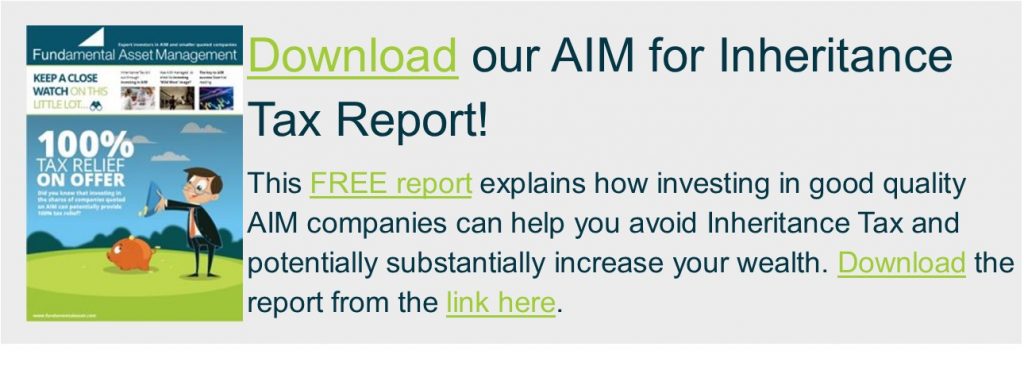IHT receipts up a staggering 54% for April and May compared to the same period in 2020
Inheritance Tax (IHT) receipts were up an incredible 54% for April and May compared to the same period in 2020. Good news for the Chancellor, bad news for those looking to reduce IHT!
These figures are according to data published in a recent HM Revenue & Customs bulletin. The report confirms that full-year IHT receipts for 2020-2021 amounted to £5,326 million, a £204 million increase from the year before. In fact, for the period of April 2021 to May 2021, total receipts amounted to £966 million, an increase of £340 million on the same period last year.
What could be the reason for this?
In the report, HMRC stated that the increase could be due to “high volumes of wealth transfers that took place during the Covid-19 pandemic”. However, they cannot verify this until more data becomes available.
Another reason could be recent tax freezes, imposed earlier this year in the Spring Budget by Chancellor of the Exchequer Rishi Sunak. The Chancellor announced that both the nil-rate band (NRB) and residential nil-rate band (RNRB) will be frozen until April 2026, resulting in the NRB remaining at £325,000 and the RNRB at £175,000 during this time.
In practice, more and more people will find themselves with an IHT issue as asset prices rise with inflation and IHT allowances remain fixed. Some have referred to these measures as a ‘stealth’ tax mechanism that will, over time, bring significant tax receipts for the Treasury.
Concern is beginning to grow over the possibility that IHT and CGT liabilities could be increased as the government continues to consider its options to recover debt incurred by the pandemic.
One proven, simple solution to mitigate potential IHT, and also benefit from ongoing capital growth, is through investment in the shares of qualifying AIM companies.
You can find out more about the benefits of investing in AIM for IHT planning purposes in our free report available from the link here.
AIM, London’s growth market, has materially outperformed the UK main stock market for a number of years, reflected in the very strong performance of AIM for IHT planning portfolios.
The Fundamental AIM IHT Portfolio is a discretionary investment management service where clients can obtain 100% mitigation from Inheritance Tax, benefit from the capital growth afforded by the AIM market and retain control of their assets.
You can find out more about Fundamental Asset Management’s high performing AIM IHT ISA and AIM Inheritance Tax portfolio service, which has been delivering exceptional investment returns for more than 17 years, from the link here.


